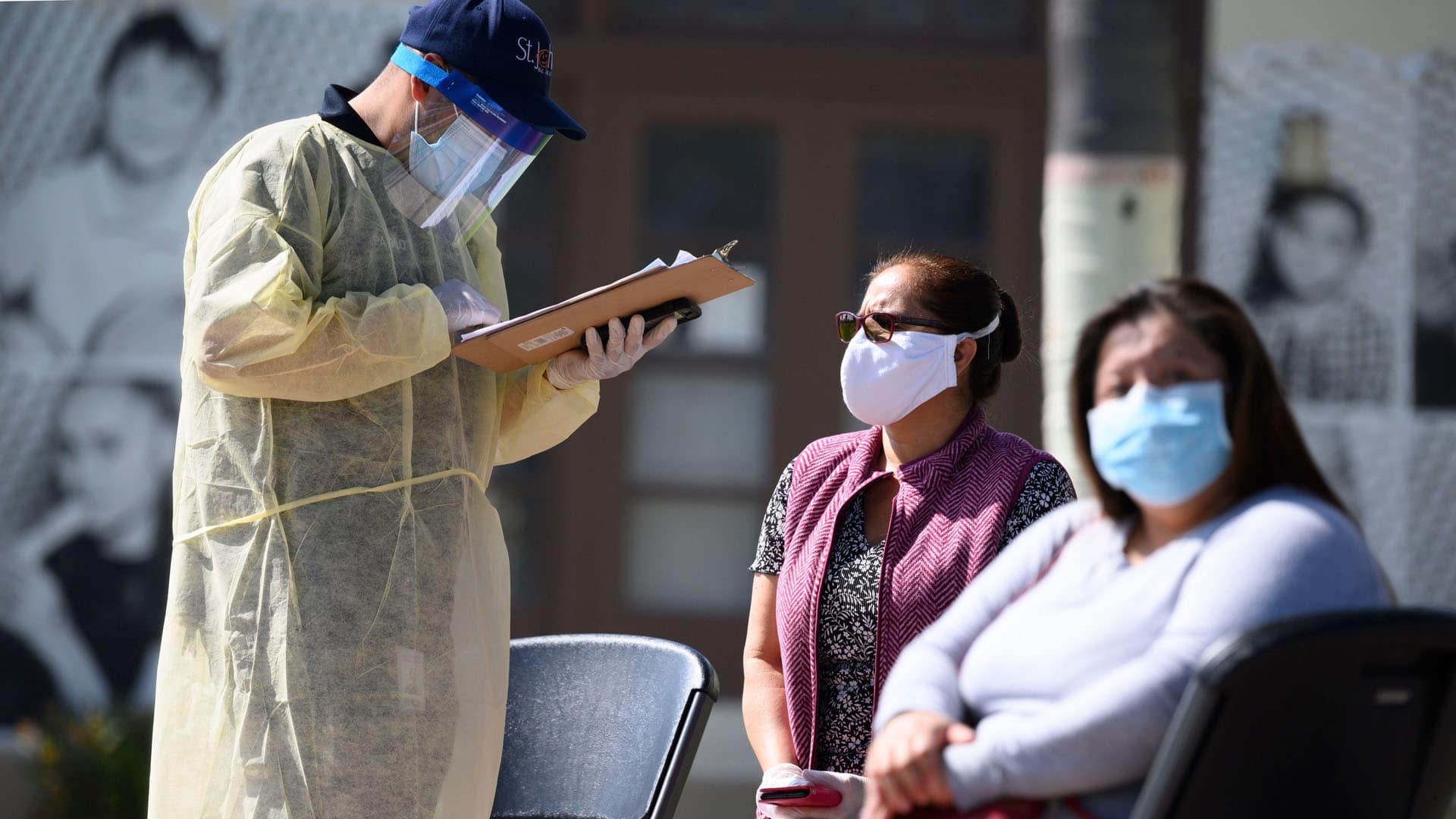As Covid-19 cases continue to increase across the country and local governments weigh reopening the economy, there’s an increasing possibility that doctors at resource-strapped hospitals will find themselves facing a gut-wrenching decision: They may be forced to decide which patients will receive potentially life-saving ventilator support and which won’t. There simply may not be enough ventilators to go around.
In preparation for that scenario, some state governments have created points-based systems to guide the rationing of ventilators in the event of a shortage. The scoring takes into account, among other things, chronic health conditions. For instance, in Massachusetts, where I practice, a diagnosis of hypertension could add two points to a patient’s score, as could a diagnosis of heart disease. An expectant mother might receive a two-point deduction. The higher a patient’s score, the lower their priority, and the more likely they are to be denied a ventilator.
One glaring omission from the scoring system is an adjustment for race or socioeconomic status. Due to a variety of social factors, poorer communities and communities of color tend to have higher rates of chronic disease, which would result in reduced access to ventilators under current points-based systems. As a doctor on the frontlines, I believe state governments should reconsider the inclusion of race or socioeconomic metrics in the event hospitals need to ration ventilators.
The Covid-19 pandemic is already taking a disproportionate toll on marginalized communities. In New York City, where Hispanics make up just 29 percent of the population, they represent 34 percent of all fatalities from COVID-19, according to data released last month. In Michigan, a majority of cases are clustered in poor working communities in Detroit. In Chicago, where blacks make up less than a third of the population, they account for 72 percent of the deaths from the virus. The reasons for these disparities are numerous, ranging from unstable housing that does not allow for social distancing to lower-paying jobs that require individuals to work outside their homes.
Under any rationing system that fails to adjust for race, ethnicity, and socioeconomic status, the disparities would likely widen further. Any rationing guidelines should reflect the fact that underlying health conditions are often influenced by social determinants. For example, poor patients often lack access to healthy food options, which increases their risk of chronic disease. In Boston and other cities, black communities continue to suffer housing segregation and instability linked to historical injustices such as redlining and exclusionary zoning — and low-quality housing has been associated with high rates of chronic lung and heart disease. As a result, these patients get penalized twice: Not only are they more likely to be stricken with Covid-19, they would also receive lower priority for ventilators in the case of a shortage.
A reasonable solution to this problem is to provide a score adjustment for patients who are black, Hispanic, or reside in a neighborhood with a median income at or below the federal poverty line. Doing so would not fully eliminate Covid-19 health disparities, but it would at least acknowledge a reality I see every day: Many chronic health conditions facing marginalized communities are a product of long-standing structural inequities that continue to persist today.
Some may argue that in a pandemic, the priority should simply be to save as many lives as possible, irrespective of the patients’ backgrounds. This is a morally defensible argument. But, intentionally or not, this blind utilitarianism will favor the lives of wealthier Americans at the expense of poorer communities. Alternatively, some may argue that the adjustments I’m proposing don’t go far enough — that they should include other marginalized groups, such as the homeless or disabled. I agree that those and other groups should be acknowledged in rationing guidelines, provided we can get appropriate input on how social injustices would likely affect their scores in point-based systems.
Of course, the hope is that hospitals will not need to resort to rationing care. And with the curve of Covid-19 infections appearing to flatten in some of the hardest hit cities, there are some indications that fears of a ventilator shortage may not materialize.
But as state economies reopen and the risk of new infections increases, we should prepare for the worst. And in doing so, we should recognize that there have been many moments in recent U.S. history when marginalized communities were explicitly or implicitly discriminated against in their efforts to obtain housing, employment, financial assistance, and health care. Even as we battle this pandemic, we should not allow our health system to exacerbate existing health inequities by ignoring the social determinants that caused them.
Vishal S. Arora is an internal medicine resident physician practicing at Brigham and Women’s Hospital in Boston, Massachusetts. His views do not reflect the views of his employer.












Comments are automatically closed one year after article publication. Archived comments are below.
I am astonished that there is no mention of an obvious biological factor – vitamin D deficiency and its consequences for the immune system.
For evolutionary reasons, the darker the skin, (ceteris paribus) the less vitamin D is produced for every hour of exposure to sunlight. In latitudes farther from the equator, the greater the effect. Why is this never mentioned?